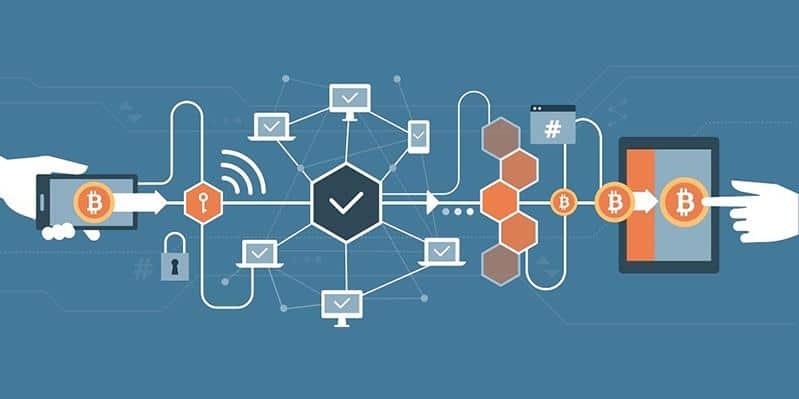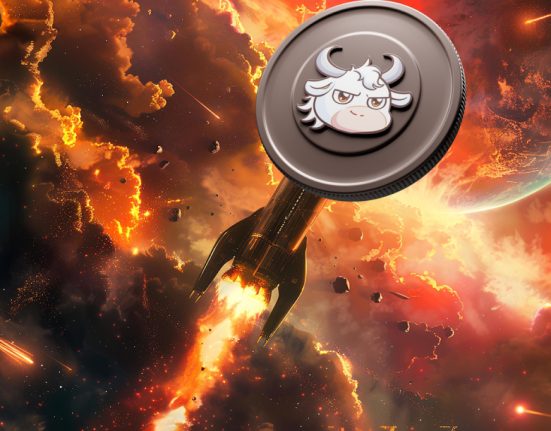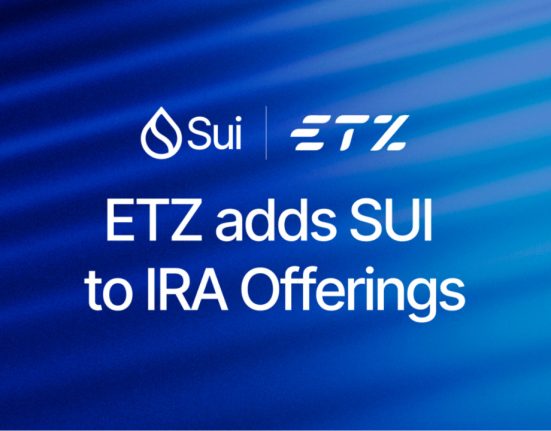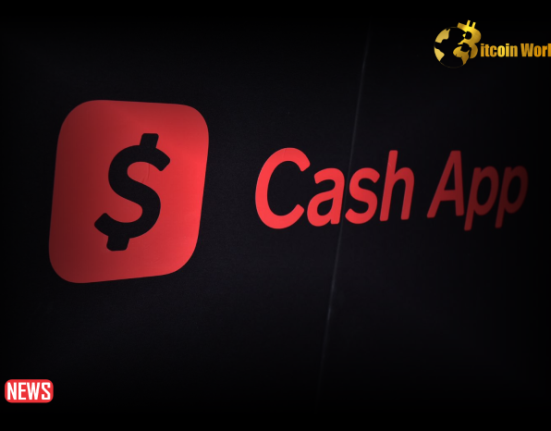A block in a blockchain typically contains several pieces of information, including:
- Block number: A unique identifier that indicates where the block fits within the blockchain’s sequence.
- Timestamp: The time when the block was created and added to the blockchain.
- Nonce: A randomly generated number that is used in the mining process to solve a cryptographic puzzle and validate the block.
- Hash: A unique digital fingerprint of the block’s contents that is generated using a hash function. The hash of each block includes the hash of the previous block, which creates a chain of blocks that is difficult to alter.
- Merkle tree root: A data structure that summarizes the transactions included in the block, allowing for efficient verification of the block’s contents.
- Transaction data: A list of transactions that have been validated and added to the block.
The contents of a block can vary depending on the specific blockchain implementation, but these are some of the most common pieces of information that are included in a block. Each block is linked to the previous block in the chain, creating a secure and tamper-proof ledger of transactions.














